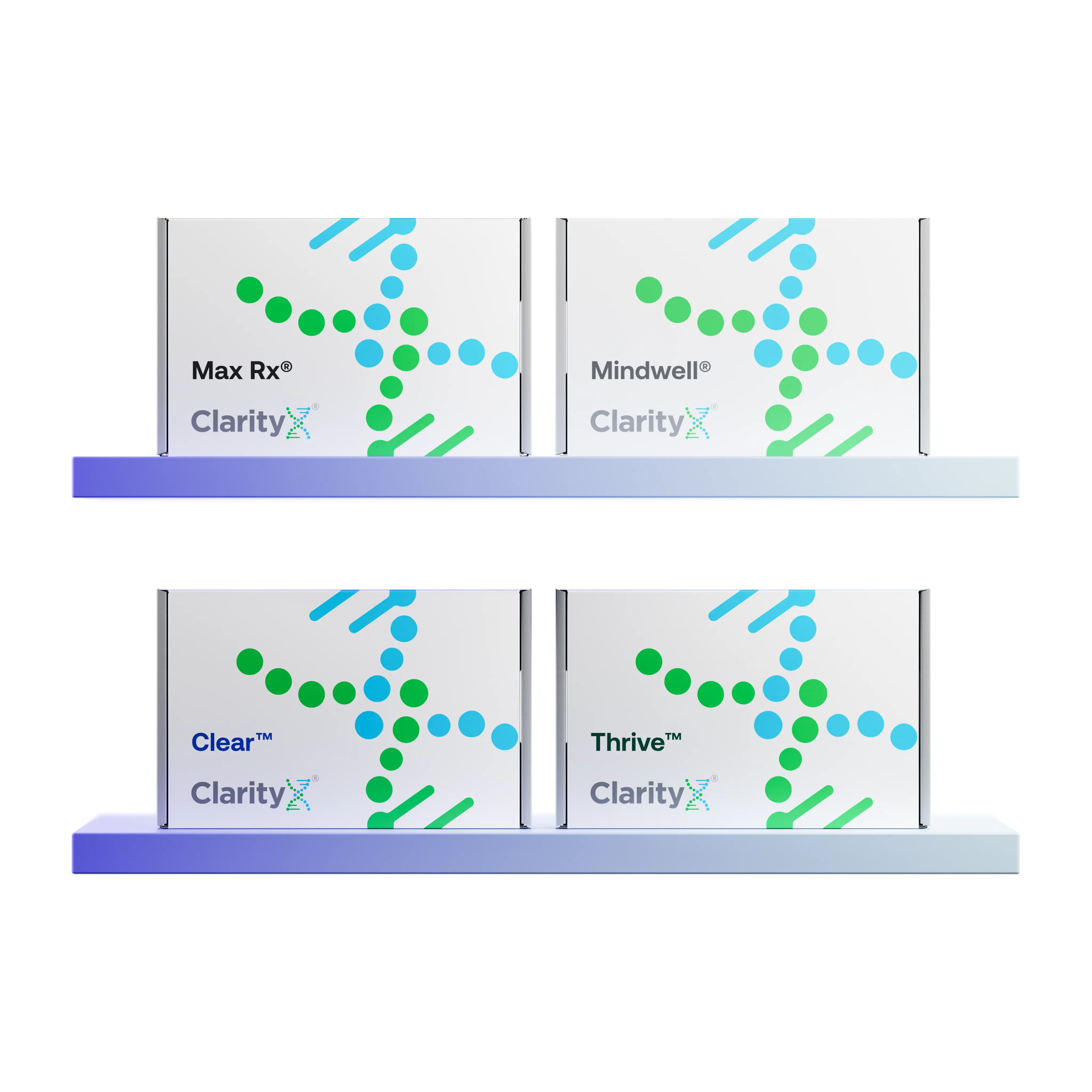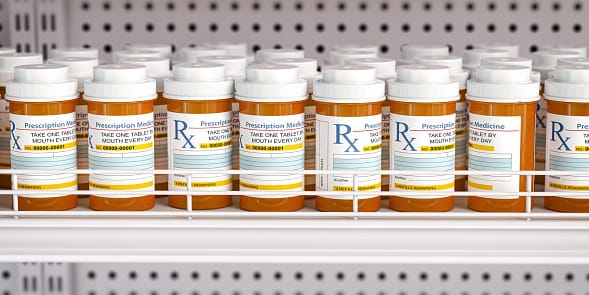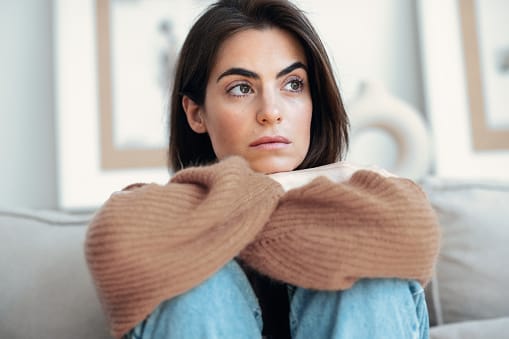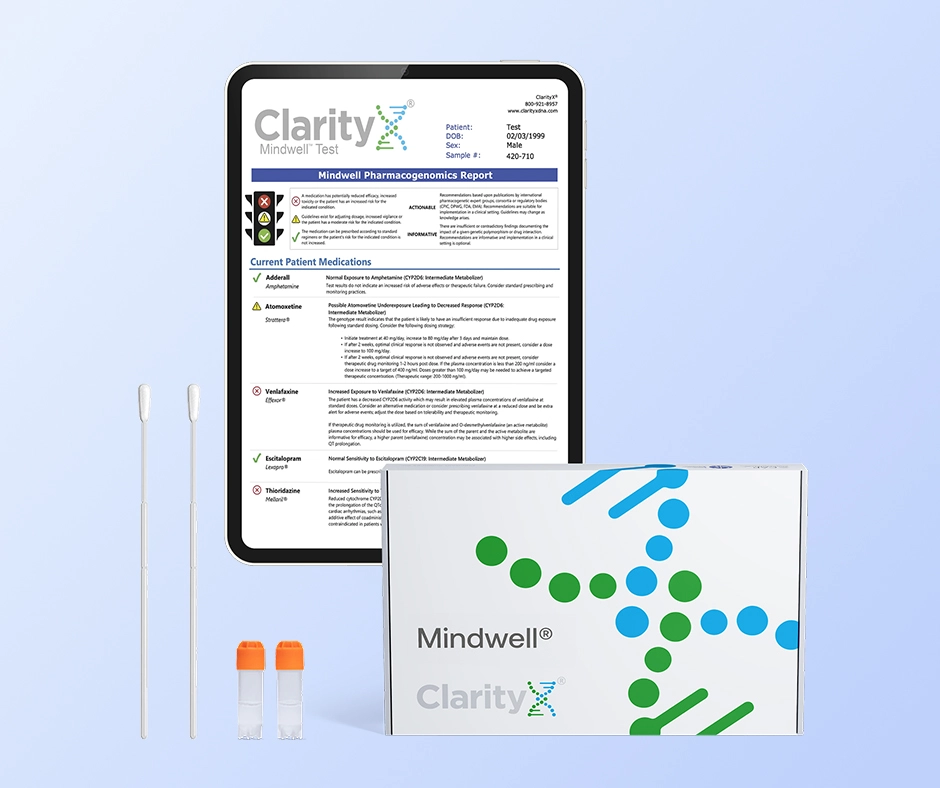Key Highlights
- Lower back pain is a common ailment, often stemming from muscle or tendon strains.
- Recognizing early symptoms like stiffness, muscle spasms, and pain radiating down the leg is crucial.
- Treatment ranges from rest and pain relievers to physical therapy and, in some cases, surgery.
- Preventative measures include maintaining a healthy weight, practicing good posture, and lifting correctly.
Introduction
Lower back pain is a very common problem for people of all ages. It is usually felt as discomfort or pain in the lower part of the spine. This pain can come from many sources, such as muscle strains, spine problems, or health issues. The pain can be a mild ache or so severe that it makes daily activities difficult. To find relief from lower back pain, it is important to know the reasons, symptoms, and treatment options. This knowledge can help improve your quality of life and provide lasting pain relief.
Understanding Lower Back Pain
Lower back pain is a complicated problem. It can have many causes, so it's important to think about what might be causing your pain. This issue can interfere with your daily life, limit your ability to stay active, and affect how you feel emotionally.
In this section of our guide, we will look closely at what lower back pain is all about. We will explore the different reasons that can lead to this kind of pain and talk about how common it is.
Defining Lower Back Pain and Its Prevalence
Lower back pain is the discomfort felt in the area below the ribs and above the tailbone. It can feel sharp, dull, or like a burning sensation. The pain can be steady or come and go. Sometimes, it can spread to the buttocks, hips, or legs.
Many people experience lower back pain. It is one of the top reasons why people visit doctors or take time off work. Most of the time, this pain is temporary and goes away in a few weeks. However, some people develop chronic lower back pain, which means the pain lasts for 12 weeks or more.
Chronic lower back pain can seriously affect someone's life. It can make it hard to do daily activities, work, or enjoy social life. Knowing what causes this pain is important to find good ways to treat it.
Common Causes of Lower Back Pain
Lower back pain can come from many things. It often involves the muscles, bones, nerves, or discs in the lower spine. Some common causes of back pain are muscle strains, misaligned spines, herniated discs, and degenerative disc disease.
Degenerative disc disease is a common problem as we age. It happens when the discs that cushion the vertebrae start to wear down. This can cause pain, stiffness, and less movement. Spinal stenosis, which is when the spinal canal gets narrower, can also put pressure on nerves and lead to lower back pain.
Other causes of back pain can be arthritis, osteoporosis, and injuries from falls or sports accidents. It's important to see a healthcare professional to find out what is causing your back pain.
Identifying Symptoms of Lower Back Pain
Lower back pain can show up in different ways. It’s important to notice the early signs so you can get help in time and avoid bigger problems. Knowing the usual symptoms can help you tell this pain apart from others. This way, you can know when it's time to see a doctor.
For lower back pain, spotting it early is key. It helps decide the best treatment and can lead to a quicker recovery.
Recognizing the Early Signs
The first signs of lower back pain can be a dull ache or stiffness in the lower back. This often happens after you have been inactive or sitting for a long time. You might feel pain when bending, lifting, or twisting your body.
Muscle spasms are another common earlier sign. These are sudden and involuntary twinges in the back muscles. Also, tight muscles in your lower back, buttocks, and hamstrings can lead to pain and make it hard to move.
Pay close attention to what your body tells you. If you notice these early signs, you should seek help. This can help you get treatment sooner and avoid more serious problems later on.
When to Seek Medical Attention
Most lower back pain can be resolved on its own or with rest and pain relievers from the store. However, some cases need quick medical help. If you have severe pain that makes it hard to do daily activities like walking or standing, see a healthcare professional.
If lower back pain comes with numbness, tingling, or weakness in your legs or feet, you need medical care right away. Also, if you lose control of your bladder or bowel, get help immediately.
People with risk factors, such as a history of cancer, recent infection, or osteoporosis, should talk to their doctor about back pain. It could mean there is a more serious problem.
Treatment Options for Lower Back Pain
Treatment for lower back pain often involves different approaches. It is usually based on what each person needs and the reasons for their pain. The treatment can include simple methods, and at times, more serious procedures may be needed.
The main goal is to reduce pain, help people get back to normal activities, and stop the pain from coming back.
Pharmacogenomic Testing
Pharmacogenomic testing is a precision medicine tool that analyzes your DNA to predict how your body will process and respond to specific medications. By examining genetic variants primarily those affecting liver enzymes the test reveals if you are likely to metabolize a drug too slowly (increasing the risk of severe side effects) or too quickly (making the medication ineffective).
This genetic insight allows doctors to move away from a "trial and error" prescribing method, helping them select the right drug and the right dose from the start to maximize treatment success while minimizing adverse reactions.
Non-Surgical Treatments and Their Effectiveness
For many people, non-surgical treatments can help manage lower back pain and make life better. These options include pain relievers, physical therapy, and alternative therapies.
Over-the-counter pain relievers like ibuprofen or acetaminophen can help reduce swelling and ease discomfort. Sometimes, a doctor may prescribe stronger pain medications or muscle relaxants for short-term pain relief.
Physical therapy is important. It helps strengthen back muscles, improves posture, and increases flexibility. A physical therapist will create a special exercise plan just for you. Other non-surgical treatments are electrical nerve stimulation, massage therapy, acupuncture, and using heat or ice.
Natural and Home Remedies for Lower Back Pain Relief
Incorporating natural, home remedies into your routine can help you manage lower back pain. While they may not fix the main cause of your pain, these remedies can bring comfort and encourage healing along with your treatment.
Be sure to talk to your healthcare provider before making big changes to your treatment plan.
Exercise and Physical Therapy Techniques
Engaging in regular exercise is very important to keep your back healthy and avoid lower back pain in the future. Low-impact activities like walking, swimming, or cycling can help make your back and core muscles stronger. They do this without putting too much pressure on your spine.
Core strengthening exercises, like planks and bridges, are key for keeping your lower back stable. Having strong core muscles gives extra support to your spine. This helps lower the chances of getting hurt.
Physical therapy techniques can also be effective. Stretching, massage, and mobilization can help reduce pain, boost flexibility, and bring back your range of motion. Gentle stretches, such as knee-to-chest stretches and cat-cow poses, are good for easing muscle tension.
Heat Therapy, Cold Compresses, and Massage
Applying heat therapy can help you relax your muscles. You can use a heating pad or take a warm bath. This can also increase blood flow to the area, which helps healing. Heat therapy works well for easing chronic back pain or stiffness.
Cold compresses are useful too. You can use an ice pack wrapped in a towel. This helps reduce swelling and numbs the pain, especially after an injury. Some people find it helpful to switch between heat and cold therapy.
Massage therapy is another way to find relief. It can relax muscles, improve circulation, and lower pain signals from the lower back. Different types of massage can help with lower back pain.
- Swedish massage uses long strokes and kneading to relax muscles and boost circulation.
- Deep tissue massage focuses on deeper muscle layers to ease chronic tension and pain.
- Trigger point therapy targets tight areas in muscles that send pain to other parts of the body.
Preventative Measures to Avoid Lower Back Pain
Lower back pain is something many people face. However, there are steps you can take to lower your chances of having it or to stop it from coming back.
By keeping good habits, using proper body movements, and changing some daily activities, you can have a healthier back. This will help reduce the chance of feeling any pain.
Ergonomic Adjustments in Daily Activities
Ergonomic changes to your workspace and daily activities can help lower stress on your lower back. When you sit for a long time, keep a good posture. Sit with your back straight and shoulders relaxed. Use a chair with good lumbar support or a cushion to support the natural shape of your lower back.
When lifting things, bend your knees instead of your back. Use your leg muscles to lift. Don’t twist your body when you lift. Carry heavy items close to your body. If your job is physically demanding and involves repeated movements or heavy lifting, take breaks. Stretch often to avoid pushing yourself too hard.
Keeping a healthy weight is important for a healthy lower back because extra weight can put pressure on your spine. Regular physical activity can help make your core muscles stronger and improve your flexibility.
Importance of Posture and Core Strengthening
Proper posture is an important means of keeping the natural curves of your spine. When you slouch or have poor posture, it puts extra pressure on your back muscles and ligaments. This can lead to pain and discomfort. Good posture, however, spreads weight evenly along the spine. This helps reduce strain.
A strong core is important for supporting your spine and keeping good posture. Your core includes your abdominal muscles, back muscles, and pelvic floor muscles. Strong core muscles help stabilize your spine and lower the risk of injuries and pain.
Add core-strengthening exercises into your exercise routine. Try planks, bird dogs, and bridges. These exercises focus on the muscles that support your spine. This will help you keep good posture and lower your chances of back pain.
Navigating Life with Chronic Lower Back Pain
Living with lower back pain can be tough. However, if you take steps to manage your pain and ask for help when needed, you can still lead an enjoyable and active life.
Try to make lasting changes to your lifestyle. Use coping methods and adjust your daily routines to help support your well-being.
Lifestyle Modifications and Adaptive Tools
Making small changes to your lifestyle is important for people with chronic lower back pain. These changes can help reduce what causes pain, improve your overall health, and make it easier for you to do daily activities comfortably.
Changing your living and work areas with ergonomic furniture and helpful tools can really help lessen the strain on your back. Think about getting ergonomic chairs, adjustable desks, or lumbar support cushions. These can help you keep a good posture and reduce discomfort while working or relaxing.
It's also important to manage stress since it can make pain feel worse. You can try relaxation methods like deep breathing, meditation, or yoga. These activities can help relax both your mind and body.
Support Groups and Psychological Coping Strategies
Living with chronic back pain can impact your mental health. It is important to recognize and deal with the emotional part of consistent pain.
Connecting with people who understand what you are going through can provide great support. You might want to join support groups, either in person or online. These groups let you share your experiences, talk about coping methods, and offer words of encouragement.
You should also look into ways to cope with stress caused by pain. Techniques like cognitive-behavioral therapy (CBT) can help you spot and change negative thoughts about pain. This can lead to a more positive view and better pain management.
Conclusion
In conclusion, managing lower back pain takes an understanding of its causes, symptoms, and ways to treat it. There are many options, from treatments that don't need surgery to surgical treatments, along with natural remedies and measures to prevent it. It’s important to look at things like ergonomics, posture, core strength, and changes in lifestyle to help with lower back pain. Don’t forget, getting medical care early and using physical therapy can really help. By taking steps to care for your back, you can handle life with lower back pain more easily. Stay informed, stay active, and take care of yourself.
Frequently Asked Questions
How can I alleviate lower back pain at work?
To ease lower back pain at work, you need a comfortable chair that supports your lower back. Make sure your desk is set up correctly. Take short breaks to stretch or walk around. Use proper lifting techniques. It is also important to keep good posture.
References
https://my.clevelandclinic.org/health/diseases/16912-degenerative-disk-disease
https://www.mayoclinic.org/healthy-lifestyle/fitness/in-depth/core-strength/art-20546851





